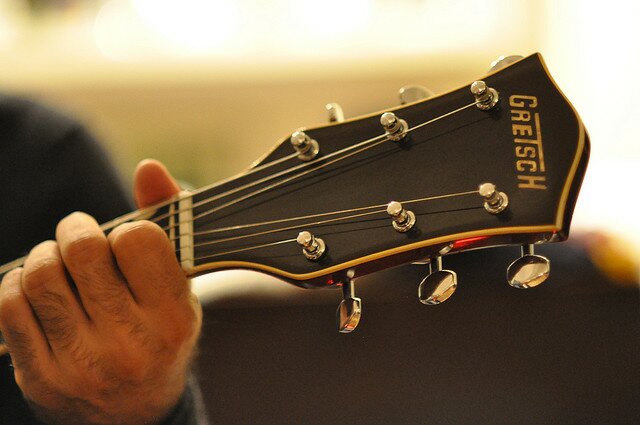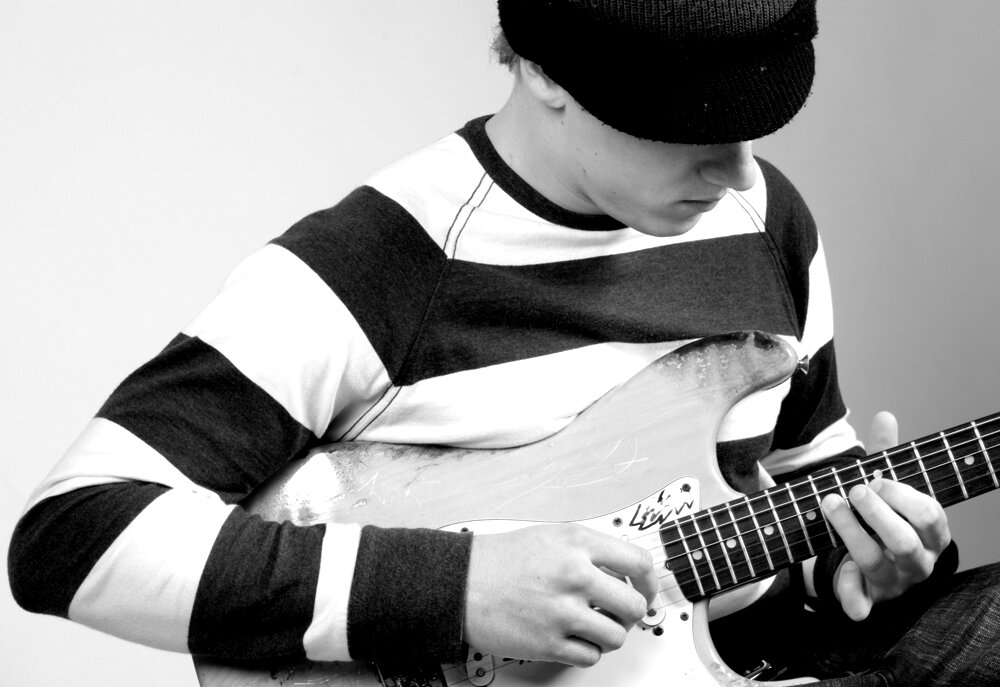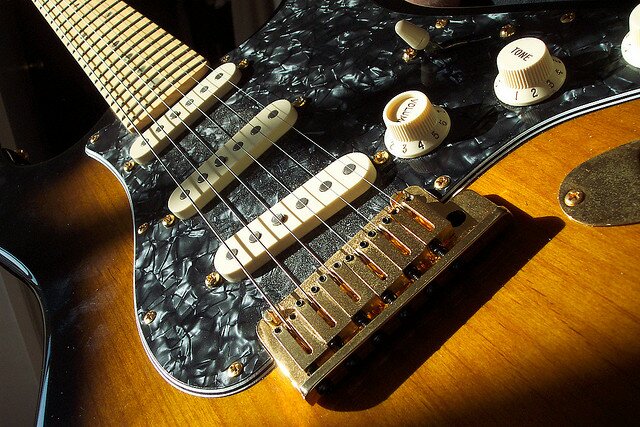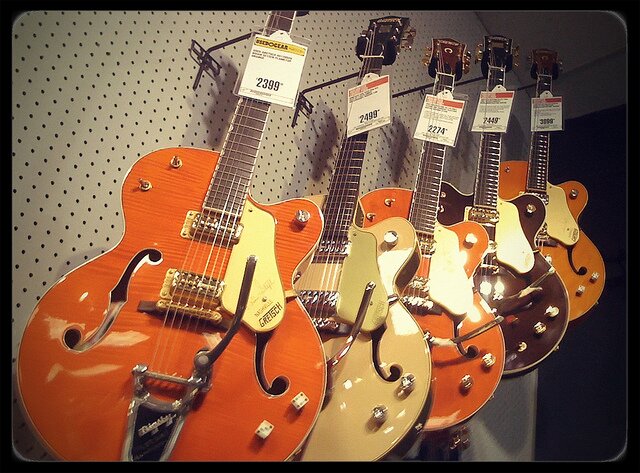Different Parts of The Guitar Explained
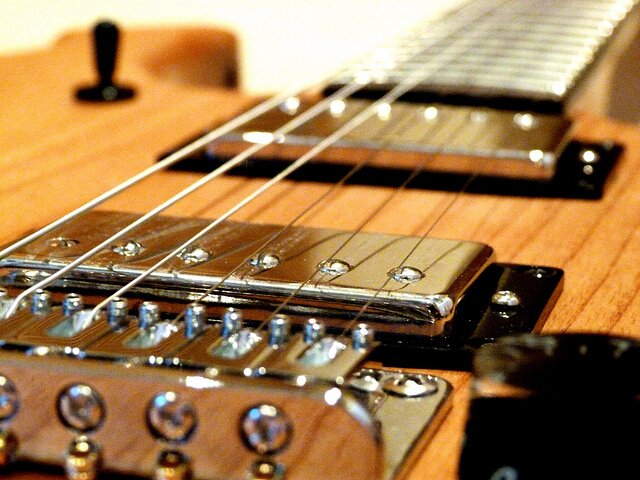
First of all it’s important that we take a look at the guitar and make sure that you know what’s what. This will start to develop your knowledge of the guitar and also mean that you understand what is being said in the lessons. So, make sure you learn what each part is called for future reference.
Whether you have an acoustic guitar or an electric guitar, the parts are fundamentally the same (obviously an acoustic guitar would usually be missing all the electronic parts). For this lesson we will take a look at an electric guitar.
Below you’ll see a picture of the base of the guitar. This is where the sound is generated and is basically the main body of the guitar. If you have an acoustic guitar, ignore the pick-ups and switches etc.
Next you’ll see a picture of the middle section of the guitar, commonly called the ‘neck’. The neck is where you’ll play your notes and form your chords.
And finally you have a picture of the top section of the guitar, the ‘headstock’. This is an important part of the guitar that you’ll be visiting to tune your instrument.
If you choose to sit and play your guitar, make sure it is comfortably positioned on your right leg and make sure the neck is level and not pointing downwards.Try and make sure you are sitting on a chair with no arms and that also positions you at a good height so that your arms have space to move and your back can be straight.If you prefer to stand up and play, it is important to make sure the strap is adjusted to a comfortable length that’s not too low. Otherwise you’ll begin to experience difficulties in reaching certain chords/notes. I’d personally suggest that the guitar should sit at around waist height.To get used to all of this, try and convince a family member or a friend to test you out on the parts of the guitar!




